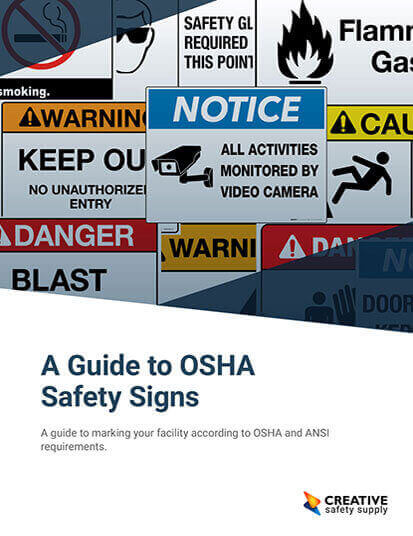
OEL stands for Occupational Exposure Limit. This is a term used to describe the maximum concentration of any specific hazardous substance that is allowed in the workplace. This references the concentration that is in the air. These limits can apply to any workplace but are most used in environments where hazardous gasses, chemicals, fumes, and other things are common. This could include, for example, mines where certain gasses are either naturally found or are produced by equipment. The OELs change from country to country based on the limits set by various governmental agencies. In the United States, OELs are called threshold limit values (TLV).
If you work in, own, or manage any type of workplace that may have some type of hazardous items in the air, it is important to understand what the exposure limit is. Not only is this critical for the safety of the facility, but it is also necessary for avoiding any type of fines or penalties that may be issued.
It is important to understand that these limits are often set quite low because the hazards from the fumes can be cumulative. Even if a particular gas in the air does not cause any harmful reactions immediately, for example, it may result in increased risks of cancer or other problems. In addition, the concentration of some gasses in the air can cause the risk of a fire or explosion to rise significantly. It is for this reason that being aware of the OEL for anything that may be found in the air is extremely important.
If your facility has gasses that enter the air and you are concerned that you may reach the OEL, it is your responsibility to monitor the levels consistently. This will typically mean setting up a system of monitors for the types of gasses or other things in the air that will test the air regularly and alert someone when the safe limits are being reached. For companies that regularly experience dangerous levels of contaminants in the air, it can be necessary to install exhaust fans or other things to help provide a steady supply of fresh safe air.
Additional OEL facts:
- An occupational exposure limit (OEL) is an upper limit on the acceptable concentration of a hazardous substance in workplace air for a particular material or class of materials. It is typically set by competent national authorities and enforced by legislation to protect occupational safety and health. Source: https://en.wikipedia.org/wiki/Occupational_exposure_limit
- There are different types of OELs, such as threshold limit values (TLVs), permissible exposure limits (PELs), recommended exposure limits (RELs), indicative occupational exposure limit values (IOELVs), and binding occupational exposure limit values (BOELVs). These OELs may vary in their definitions, criteria, and applications depending on the source organization and the country or region. Source: https://www.osha.gov/annotated-pels/table-z-1
- Personal air sampling is routinely conducted on workers to determine whether exposures are acceptable or unacceptable. These samples are collected and analyzed using validated sampling and analytical methods. Statistical tools are available to assess exposure monitoring data against OELs. Source: https://en.wikipedia.org/wiki/Occupational_exposure_limit
- In the absence of OELs for some hazardous substances, hazard banding or control banding strategies can be used to ensure safe handling. These strategies involve grouping substances into categories based on their health effects and exposure potential, and assigning appropriate control measures accordingly. Source: https://en.wikipedia.org/wiki/Occupational_exposure_limit
- Occupational exposure limits (OELs) are regulatory values which indicate levels of exposure that are considered to be safe (health-based) for a chemical substance in the air of a workplace. They are based on scientific evidence and expert evaluation of the health effects of exposure, taking into account the uncertainties and variability in the data. Source: https://echa.europa.eu/oel
Similar Glossary Terms
- STEL
- TLV
- LEL
- PEL
- Permissible Exposure Limit
- Acute Toxicity
- IDLH
- NFPA 120: Standard for Fire Prevention and Control in Coal Mines
- SCBA


